The shape of art and its role in society is constantly changing, and that is why urban painting must be a reminder of free thought. From its part PangeaSeed’ Sea Walls: Murals for Oceans was intent on putting important ocean environmental issues into the spotlight with art as a vital communication source.
PangeaSeed is an international non-profit organization that collaborates through artistic and creative mediums with members of the contemporary art and environmental communities to raise public awareness and education regarding the conservation and preservation of oceans, sharks and other marine species in peril.
Sea Walls: Murals for Oceans is a ground-breaking street art project and the first movement of its kind, helping to save our seas via public art and activism—artivism. After a whole year of preparation the festival took place in Cozumel, Mexico in collaboration with 1xRUN, Tony Delfino, World Art Destinations, with Montana Cans and Osel paint as main sponsors, as well as Street Art News & Just Kids as media partner and co-producer.
Over 50 world class artists from across the globe featured the festival, including: Zio Ziegler, Christopher Konecki, Kai’ili Kaulukukui, Ever, Curiot, Fintan Magee, Phlegm, Seher One, Smithe One, Caratoes, NEWS, Jason Botkin, Tristan Eaton, Faith47, Alexis Diaz, Franco Fasoli Jaz, Cyh Jason, Tatiana Suarez, Hueman, Cryptik, just to mention a few.
All these artists beautified the island of Cozumel with 35 amazing murals, portraying important topics such as coastal development, shark finning, plastic pollution and the preservation of coral reefs and reef species, while they brought education, connection, and inspiration to the community.
Besides every single mural is our favorite, here are some of the 15 top murals of Sea Walls: Murals for Oceans in Cozumel:
Faith47
Mural Topic: Plastic Pollution
Facts: Over the last ten years we have produced more plastic than during the whole of the last century. With the average American throws away approximately 185 pounds of plastic per year, enough plastic is thrown away each year to circle the earth four times. Plastic in the ocean breaks down into such small segments, where pieces of plastic from a one-liter bottle could end up on every mile of beach throughout the world.
Alexis Diaz
Mural Topic: Ocean Exploration / Undiscovered Species
Facts: With less than 10% of the oceans explored and 90% of the ocean overfished, we must act now to protect what is yet to be discovered. Ocean exploration often leads to new ideas, new theories and discoveries, including new medicines. From slime to sponges, researchers are exploring the ocean’s depths for new medications to treat cancer, bacterial infections, viruses, heart disease, pain, and other ailments. The seas contain an uncounted number of species of plants and animals. These creatures provide a vast storehouse of chemical compounds unknown on land. An ocean commission report lists chemicals and biological materials from marine organisms now in use or development, including 10 anti-cancer drugs, drugs to fight inflammation, fungus, tuberculosis, HIV, malaria and dengue.
Franco Fasoli – Jaz
Mural Topic: Shark Finning
Facts: Less than 10 people die annually due to shark bite. In stark contrast, up to 100 million sharks are killed annually for the global trade in shark’s fin. – And the UN estimates global shark populations could become extinct in the next 10 – 20 years if current destructive fishing and consumption practices continue. Toilets, vending machines and falling coconuts kill more people than sharks each year. Rethink the shark.
Bicicleta Sem Freio
Mural Topic: Plastic Pollution
Facts: Plastic waste kills up to 100 million sea birds, one hundred thousand sea mammals, and countless fish each year.
Christopher Konecki
Mural Topic: Coastal Development
Facts: In many areas, massive new tourist developments have been built – including airports, marinas, resorts, and golf courses. Overdevelopment for tourism has the same problems as other coastal developments, but often has a greater impact as the tourist developments are located at or near fragile marine ecosystems.
Kai’ili Kaulukukui
Mural Topic: Shark conservation
Facts: Science estimates the oceans could be void of sharks in the next 10-20 years if destructive fishing / consumption practices continue. Sharks are the ultimate apex predators and have shaped and balanced the delicate ocean ecosystem for over 400 million years.
Seher One
Mural Topic: Native species of Cozumel
Facts: In Mexico, along the Yucatán Peninsula, sharks, manta rays, turtles and bill fish provide a valuable opportunity for the development of sustainable diving and snorkeling ecotourism. These animals are worth more alive than dead.
Ever
Mural Topic: Coastal Dependency on Oceans
Facts: Oceans are the lifeblood of planet Earth and humankind. About half of the world’s population lives within the coastal zone, and ocean-based businesses contribute more than $500 billion to the world’s economy.
Hueman
Mural Topic: Tribute to American marine biologist, explorer, author, and lecturer, Dr. Sylvia Earle.
Facts: Nicknamed “Her Deepness,” Dr. Earle has been a National Geographic explorer-in-residence since 1998 and was named by Time Magazine as its first ‘Hero for the Planet’ in the same year. She was the first female chief scientist of the U.S. National Oceanic and Atmospheric Administration and won the TED prize in 2009. With TED’s support, Earle launched Mission Blue, which aims to establish marine protected areas (or “hope spots”) around the globe. Last year, the Netflix documentary Mission Blue was released, focusing on Earle’s life and career as well as her campaign to create a global network of marine protected areas.
Fintan Magee
Mural Topic: Tribute to traditional fishing techniques
Facts: The teaching of traditional fishing techniques to the next generation is critical for the sustainability of marine natural resources.
Jason Botkin
Mural Topic: Tribute to Jacques Cousteau
Facts: Captain Jacques-Yves Cousteau left his mark forever on the planet and the oceans. When Cousteau and his teams embarked aboard Calypso to explore the world, no one yet knew about the effects of pollution, over-exploitation of resources and coastal development. The films of Calypso’s adventures drew the public’s attention to the potentially disastrous environmental consequences of human negligence. Cousteau, through his life and his work, was a major player in the environmental movement. “When you enter the ocean, you enter the food chain, and not necessarily at the top.” – Jacques Yves Cousteau.
Meggs
Mural Topic: Coral Bleaching and acidification based on a pie chart of the percentage breakdown of the planet’s coral reef systems that are healthy, threatened, and have already been destroyed.
Facts: Seawater absorbs excess CO2 from the atmosphere, causing the oceans to become more acidic. As a result, the oceans’ acidity has increased by 25 percent over the past 200 years. These acidic conditions dissolve coral skeletons, which make up the structure of the reef, and make it more difficult for corals to grow. If left unchecked, scientists estimate that the oceans could become 150 percent more acidic by the end of this century, making it very hard for corals to grow at all.
Aaron Glasson
Mural Topic: Dolphin Captivity and the Importance of Keeping Animals in the Wild
Facts: Dolphins are highly intelligent creatures that live in complex social groups. Wild dolphins can swim up to 100 miles a day, hunting and playing. In captivity they have very little space and cannot behave naturally, reducing their lifespan.
Phlegm
Mural Topic: Destructive Fishing Practices
Facts: Our oceans have limits and in the past 50 years human impact, such as destructive fishing practices, have push the oceans to the brink. 90% of the oceans big fish, including sharks, tuna and marlin have been fished out.
Dherzu Uzala
Mural Topic: Sea Turtle Conservation
Facts: Sea turtles have roamed the Earth’s oceans for the last 100 million years. An important link to marine ecosystems, such as coral reefs and seagrass beds, and provide a source of income to local communities as a draw for ecotourism.


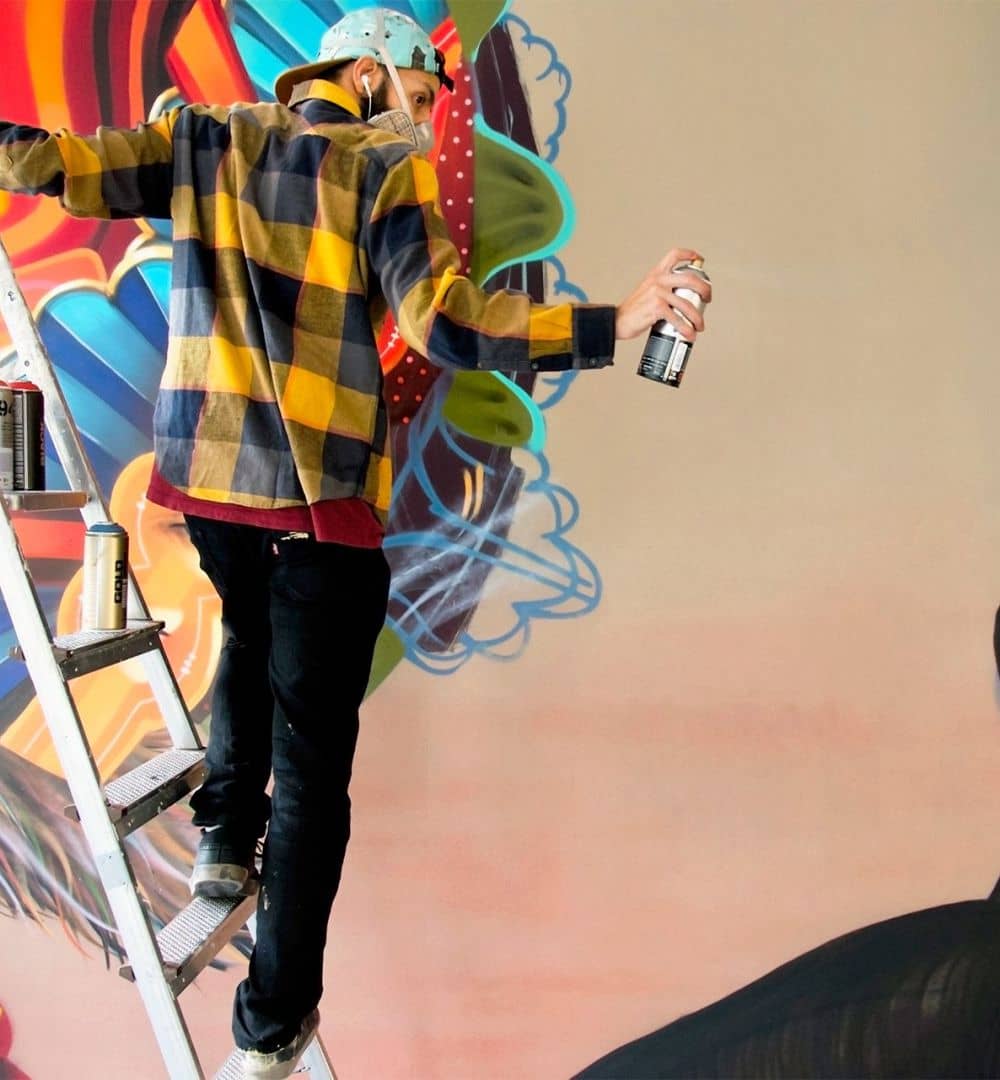
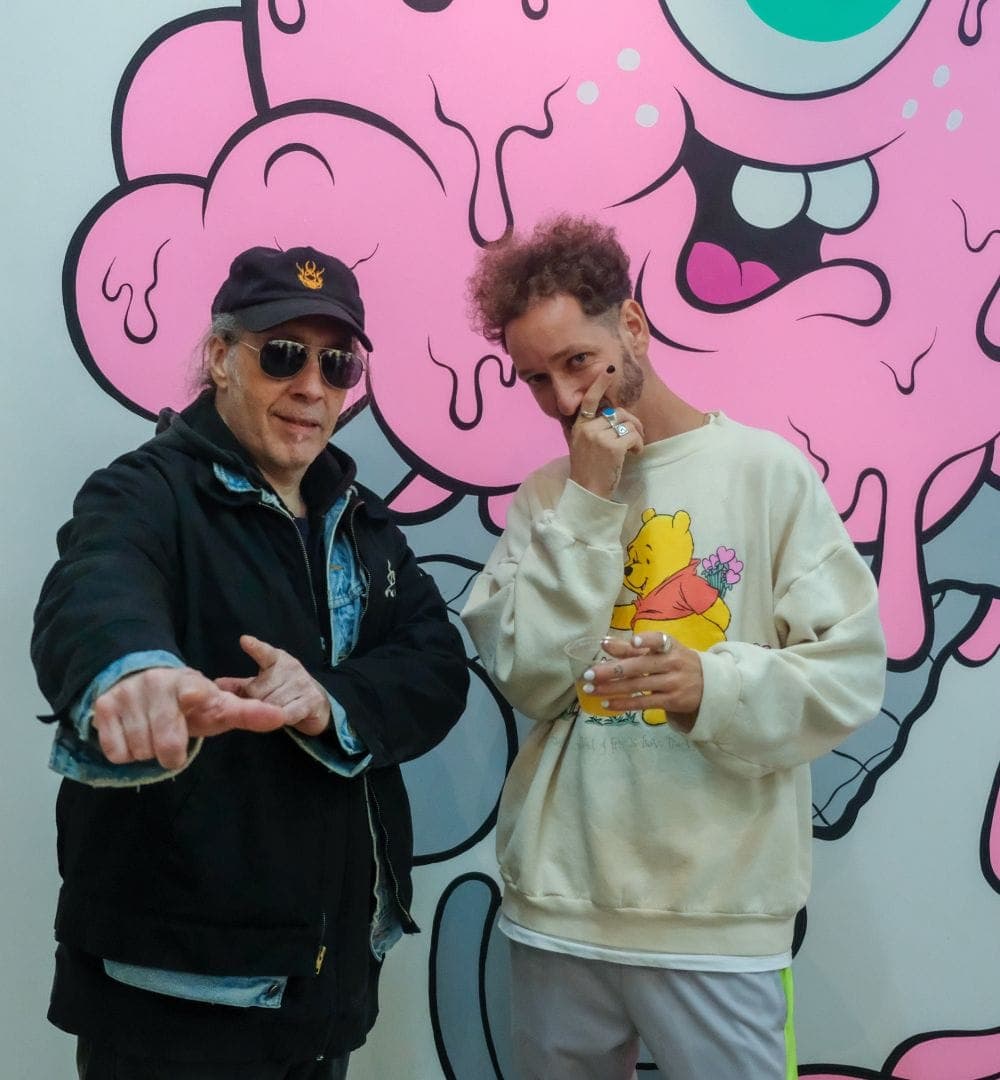








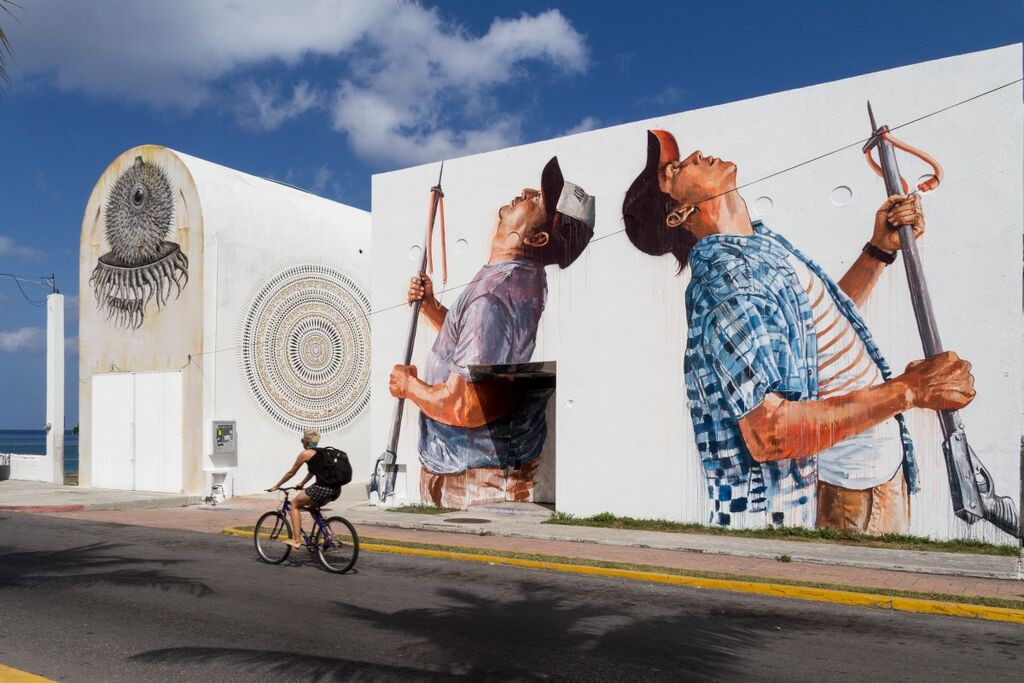



















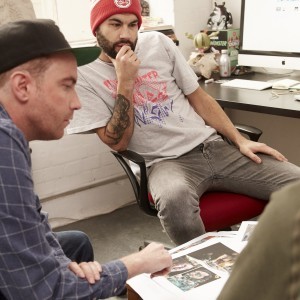
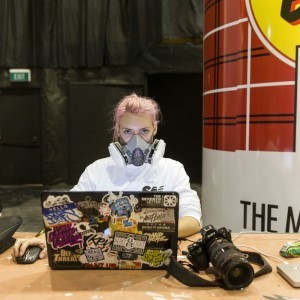
comment